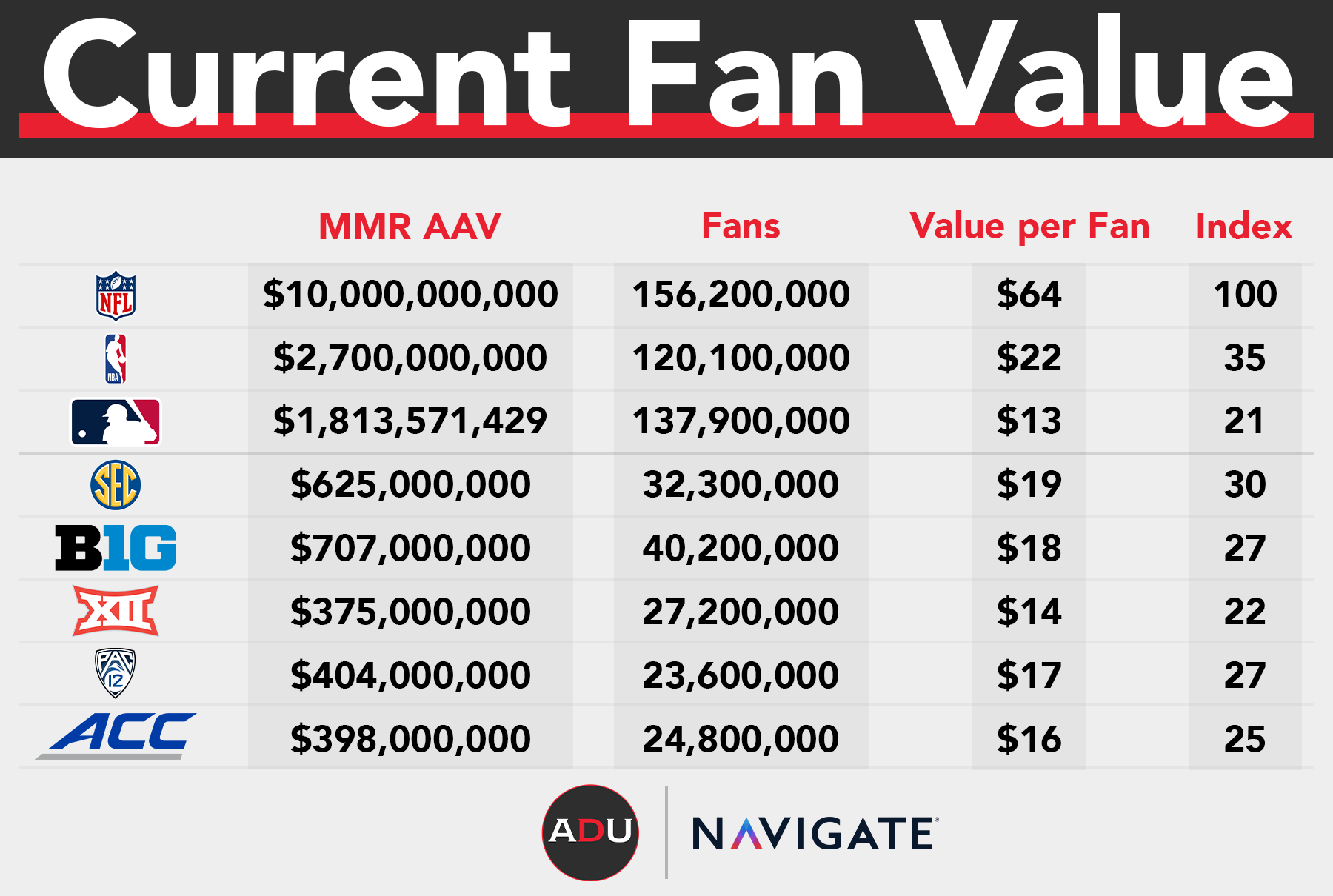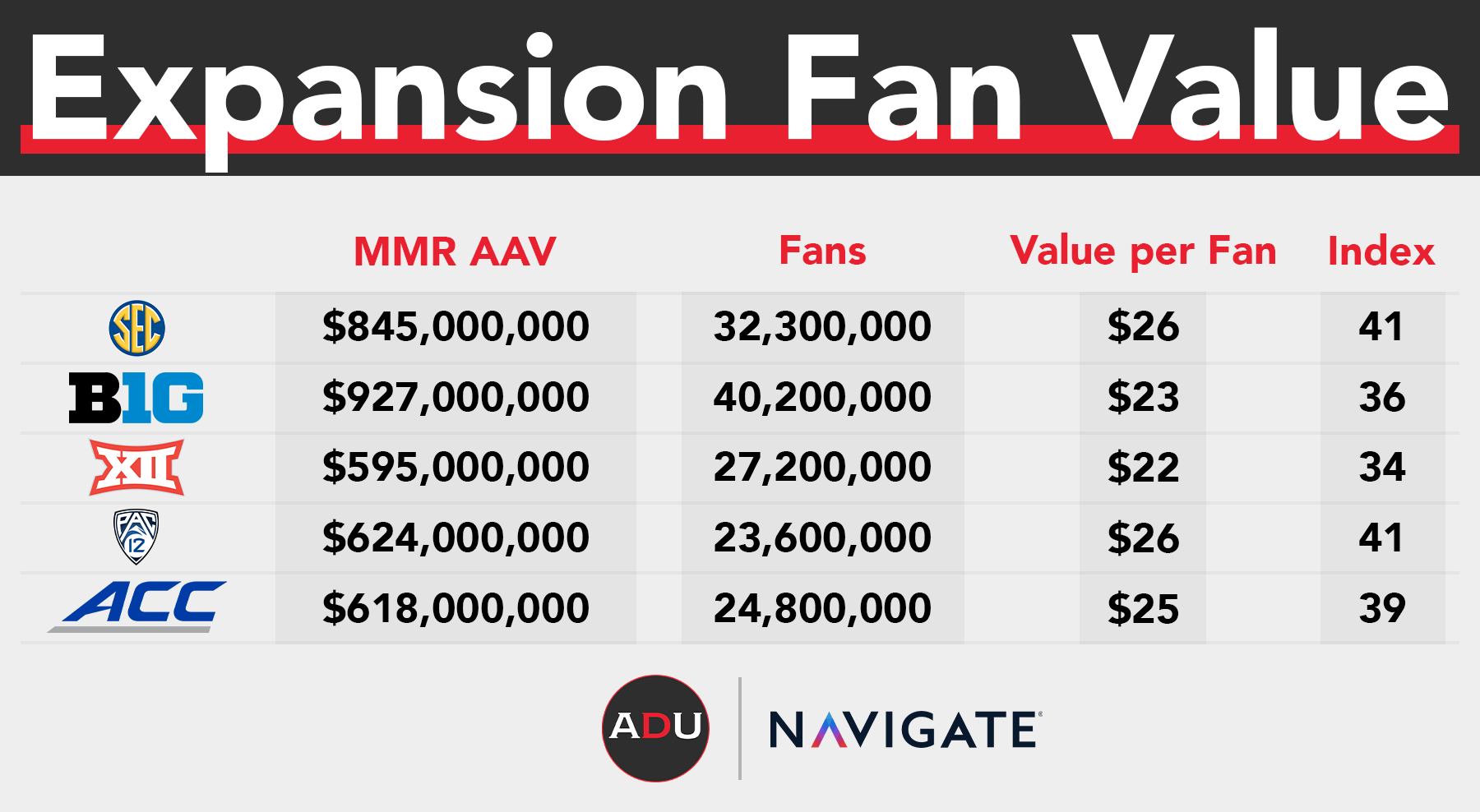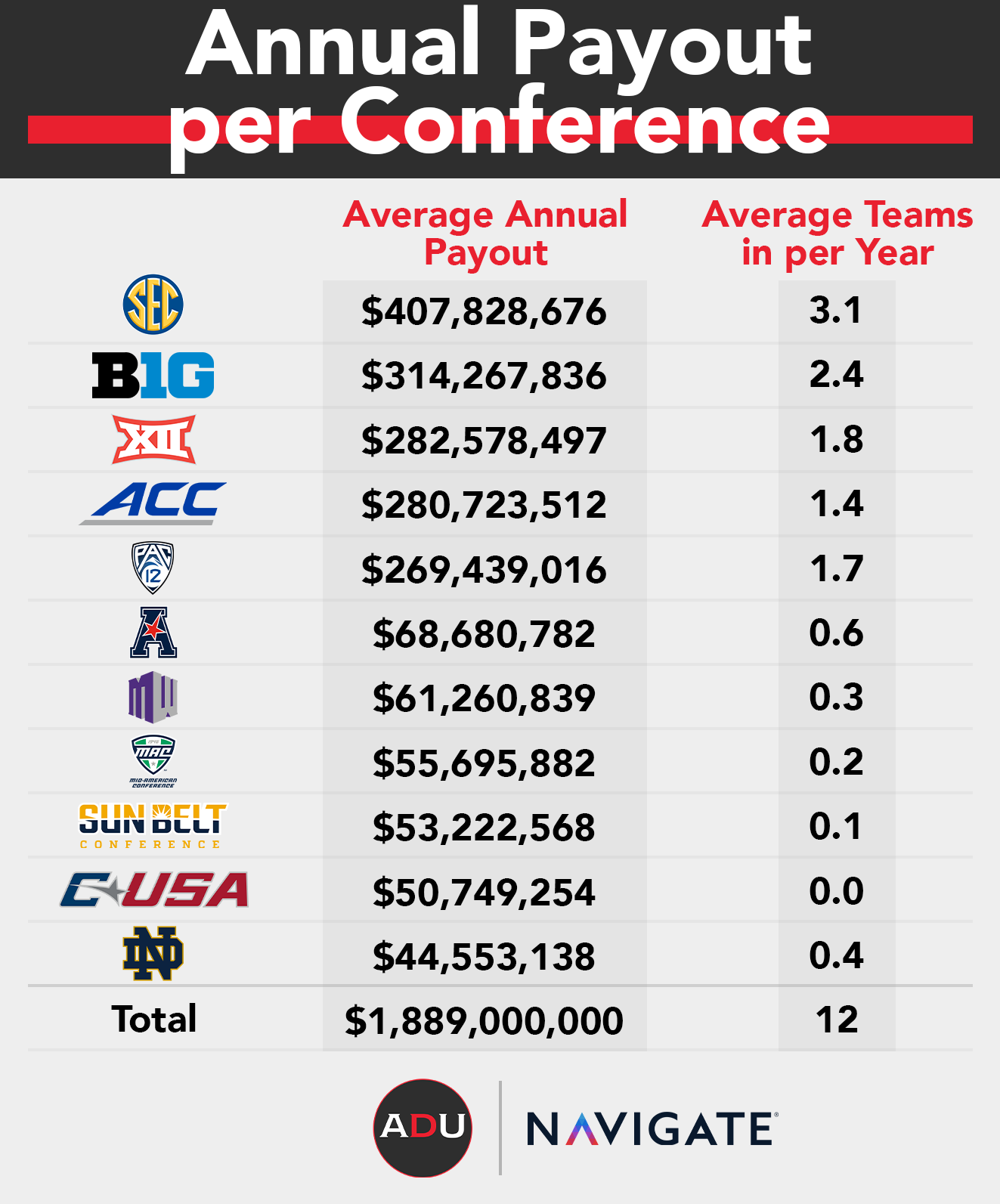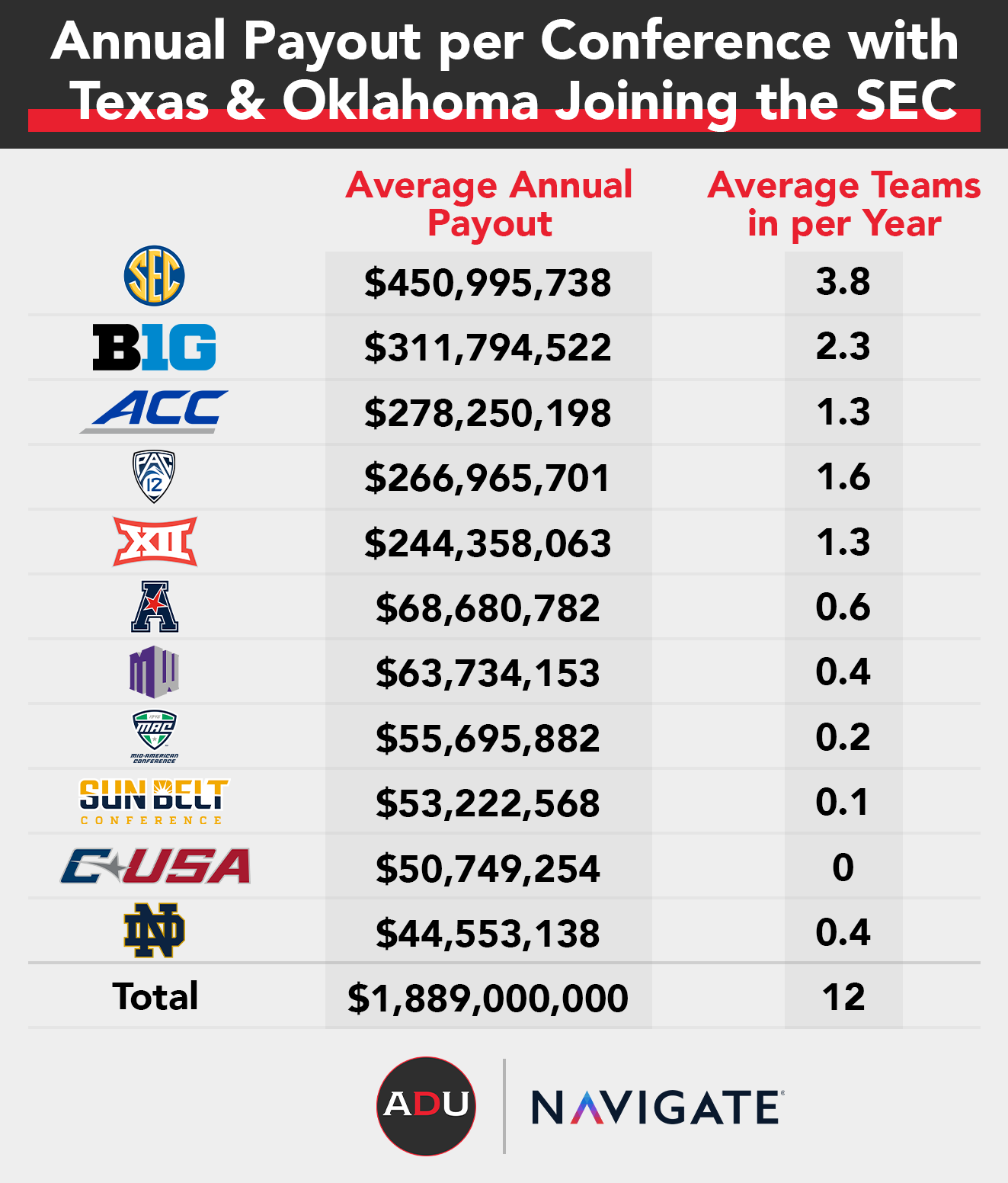Just before the fall semester of 1946 was to begin, University of Florida President, John Tigert, informed the Board of Control that because of space limitations, the University of Florida would have to decline the enrollment of over 2500 qualified applicants.
FSCW President, Doak Campbell offered a solution to the situation. He told the Board of Control that FSCW would take 500 of those applicants on a temporary basis.
Florida Governor Millard Caldwell, who liked that idea, sought and was immediately granted extra funding for the endeavor. The Board of Control approved the temporary enrollment of males at FSCW and delayed the start of the fall semester until October, allowing time for proper accommodations for the male students to be readied.
Although the enrollment of the males was considered temporary at the time, the move signaled the end of gender segregation at state-supported institutions.
In May of 1947, the State Legislature made it official.
The Florida State College for Women ceased to exist and Florida State University was born. At the same time both Florida State University and the University of Florida became coeducational institutions.
From Partners in Academics to Animosity in Athletics
The curriculums of FSCW and the University of Florida had been carefully designed to enhance the quality of education for the gender segregated schools. FSCW students had specialized in such area's of learning as Music, teaching and home economics. University of Florida students specialized in the area's of Agriculture and Professional services. Coeducation ended that type of specialization. Both schools would offer well-rounded academic menus, which created academic competition between the two state-supported universities.
Then Doak Campbell dropped a bomb shell.
Three months after Florida State University had been born, President Campbell announced that the school would compete in Intercollegiate athletics, including football, and they would begin play that coming year.
Florida immediately protested the announcement. They demanded that all Florida State University teams be considered junior varsity teams of the University of Florida.
Campbell scoffed at the protest and demands, stating that Florida State University was its own entity and would compete as such in both academics and athletics.
The animosity was just beginning.
 FSU did indeed play football in 1947. It took the school six (6) weeks to put a team together, arrange a schedule and find a place to play. Their school colors would be Garnet and Gold. The Garnet, a combination of the purple worn by FSC back in 1905 and the red worn by FSCW in swimming meets. The Gold was derived in the same manner. A merger of the yellow worn by FSC in 1905 and the white worn by FSCW.
FSU did indeed play football in 1947. It took the school six (6) weeks to put a team together, arrange a schedule and find a place to play. Their school colors would be Garnet and Gold. The Garnet, a combination of the purple worn by FSC back in 1905 and the red worn by FSCW in swimming meets. The Gold was derived in the same manner. A merger of the yellow worn by FSC in 1905 and the white worn by FSCW.
Florida State played their first game against Stetson University on September 27, 1947. A nickname for the new school was selected after the first game but before the second game verses Cumberland College. "Seminoles" was the name selected by students, defeating five other finalists: Crackers, Statesmen, Golden Falcons, Indians and Senators.
The "Seminoles" would lose all five of their games in that abbreviated initial season, but the state had another university playing football and the University of Florida had a challenger.
Don Veller became FSU's first full-time Head Football Coach in 1948. Florida State also entered their second season of competition as the newest member of the Dixie Conference, a small-college league made up of teams across the southeast.
It was a preview of things to come. Florida State won the League Championship in their first year in the league in 1948, compiling a 7-1 record along the way.
The Seminoles would remain in the Dixie Conference for two more seasons and would win the Conference title both years. They posted a 9-1 record in 1949, which included a win at the Cigar Bowl in Tampa. 1950 saw the Seminoles post a perfect 8-0 season mark.
Florida State University had been in existence for only four years, yet in that period of time, they had won three conference championships in football. Had been invited to and participated in a bowl game. Had recorded a perfect season. The University of Florida, had been playing football for forty-four (44) years, and had never been invited to or participated in a bowl game. Had never posted a perfect season. Had never won a conference championship. Not in their eleven (11) years in the Southern Conference, nor in their seventeen (17) years as members of the Southeastern Conference.
Florida State's achievements were not going unnoticed down in Gainesville.
Florida State University earned a 6-2 record during the 1951 season, but the highlight of that season was a loss. A 35-13 loss to the University of Miami. The first Major College team to appear on a Florida State football schedule.
The Seminoles would only win one game in 1952, while losing eight and tying one. The schedule, however, was continuing to be upgraded and four (4) major college teams appeared on their 1952 slate. Coach Veller, citing a "distaste" for recruiting stepped down as football coach after the season. Yet, even with the on-the-field setbacks, the program was moving toward major college status and idle chit-chat began to surface about a game against the University of Florida.
The events of the 1953 and 1954 football seasons would turn that idle chit-chat into demands that Florida and Florida State meet on the football field.
Florida State Attains Major College Status
 Coach Tom Nugent was named to replace Don Veller as Head Football Coach for the 1953 season.
Coach Tom Nugent was named to replace Don Veller as Head Football Coach for the 1953 season.
Seminole Fans of later years that grew to adore the "Petersonese" of Coach Bill Peterson's vocabulary and his aerial circus on the gridiron or those that fell in love with the southern charm of Bobby Bowden, along with his "riverboat gambling" on the football field, would have equally embraced Nugent.
He was an innovator, being credited with the invention of the "Typewriter I" offense. He was a showman. He was a task master. He was a communicator.
Nugent wasted no time in making his presence felt at the University of Florida.
During the late 1940's, the State Legislature had negotiated a deal with the race tracks of the state.
They would allow the tracks to remain open for more days throughout the year, in exchange for the tracks giving a portion of their profits to the State's three Universities. The race tracks agreed and they were able to generate thousands of extra dollars to the state-supported schools. The bulk of that money was to be used for scholarships and the majority of the money was directed toward the University of Florida.
Nugent's first task was to grab a bigger slice of those revenues. He started to lobby legislators and within two years had convinced them to take almost a quarter of a million dollars away from the University of Florida and give it to Florida State University.
He made progress on the football field also. The FSU football schedule, not only featured a majority of major college schools, but the Seminoles were starting to win those games.
Florida State went 5-5 in 1953, but two of those victories were over major colleges. They defeated North Carolina State 59-0. They defeated Louisville 59-0. Louisville being quarterbacked by Johnny Unitas.
1954 was the year that Florida State established itself as a major college football program. The Seminoles would lose their first two (2) games of that season, but then proceeded to win eight (8) of their next nine (9) games on their way to an 8-3 season log and an invitation to the Sun Bowl.
The Sun Bowl invitation marked the first time that a team from the state of Florida participated in a bowl game outside the boundaries of the state.
The Seminoles were continuing to register firsts, but now they began to openly lobby for the most important first of all...A football game verses the University of Florida.
The Legislature Gets Involved
Prior to 1954, FSU and Florida had only competed against each other in a couple of swimming meets and a basketball game during the 1951-52 season. Throughout the 1954 season Florida State stepped up its vocal campaign to force Florida to play them in football.
Florida wanted no part of Florida State.
Florida's reasoning was sound, as far as it went.
A victory over FSU would be expected. A loss could have catastrophic repercussions. Just scheduling Florida State would give the Seminoles the credibility that they were seeking as a major college program.
Florida's recruiting of the state's best athletes and their dominance over the state media had never been challenged and they weren't about to give their "stamp of approval" to the upstart school from the Capitol City.
Florida initially dodged attempts to schedule Florida State by pointing out that they were a small college program. The results of the 1953 and 1954 FSU seasons, along with their invitation to the Sun Bowl had rendered Florida's arguments moot.
And the state's populous wanted the game played.
Florida's Board of Control was being called daily by fans of both schools insisting that a game be played.
The state's media, was constantly demanding that a contest be arranged and questioning the University of Florida as to why they wouldn't play Florida State.
Florida Athletic Director and Head Football Coach Bob Woodruff decided to go on the offensive, and he initiated a meeting between he and Florida State Athletic Director Howard Danford, in November of 1954.
Woodruff made what he considered a fair offer. Danford was outraged.
Woodruff told Danford that the University of Florida would schedule games against Florida State University in all sports, if Florida State University would drop the demand that the two schools meet in football.
Danford refused.
Media from across the state covered the meeting and reported the events back to their viewers, listeners, readers.
The Uproar Intensified
Woodruff and Danford would meet again in December. That meeting was equally fruitless.
January of 1955 found many State Legislators questioning why the two schools hadn't engaged in athletic competition and began to hint that maybe they should enact laws that would force the two schools to compete against each other.
Neither school was in favor of legislative involvement and both formed Ad Hoc committees to study the feasibility of competing against each other on the athletic fields.
The Committees reported to the Board of Control in February that they had reached an agreement and asked for approval from the board. The report was brief, and stated that the University of Florida and Florida State University would enter into competition in all sports, as soon as possible. The Board gave its approval.
The schools did begin to take steps to schedule their athletic teams against each other in all sports except football. Football, though, was the one that everybody wanted.
The quote from the Committees' report..."as soon as possible" was the new problem.
The Legislature became active again.
State Senator William Carraway of Leon County began to probe his peers on the matter, and he was being pushed by FSU Student Body President Coyle Moore, Jr.
Moore also began to lobby other lawmakers.
He found a friend in Senator Harry Stratton from Callahan. Stratton had begun working on a bill after the failed meetings of Woodruff and Danford. Stratton believed that FSU's program had come of age and he did not like the way Woodruff was dodging the issue.
Stratton then announced that he would place his bill on the floor of the legislature if Florida did not schedule Florida State for the 1956 football season.
Woodruff did not want government involvement and asked Stratton to delay the bill until he could speak with Nugent.
Woodruff offered a game to Nugent in 1956, but the financial offer to Florida State amounted to nothing more than gas money and a meal for the Seminoles to come to Gainesville in 1956.
Nugent refused.
An ensuing meeting between President's Campbell of Florida State and Reitz of Florida produced no results.
Realizing that he was slowly losing his argument, Woodruff altered his tactics. He stated that Florida had long term contracts and they had to adhere to those contracts. He said that there wasn't anyway a game could be played in 1956 and that 1958 would be the earliest that the two teams could meet.
Stratton refused to back down and insisted that a game be scheduled for 1956. Woodruff agreed to meet face-to-face with Stratton and the Senator from Callahan agreed not to submit his bill until after that meeting.
The meeting was held on April 18, 1955.
Neither man budged from his position. Stratton wanted a game played in 1956 and Woodruff said, that he had to honor his contracts as a member of the Southeastern Conference. Woodruff added that he couldn't break signed contracts.
Stratton countered that unless he submitted his bill, then Woodruff and the University of Florida could just continue signing contracts and delay a Florida-Florida State football game for years to come.
The meeting ended with no progress.
What happened next stunned both Woodruff and Stratton.

Even before Woodruff had arrived back in Gainesville, State Senator Nick Conners of Inverness, who had quietly written his own bill, placed that bill on the floor of the Florida Senate immediately after the meeting between Woodruff and Stratton had ended.
House Bill 333, called for a state policy requiring athletic competition between Florida and Florida State in all sports.
Political debate now took over.
After days of concessions and alterations to the bill, it finally came to a vote.
Florida State supporters were now against the bill because of the changes that had been made to it and Florida supporters were never in favor of it in the first place.
The headlines of the Tallahassee Democrat the next day (April 28, 1955) told the story...
"FSU-UF Bill Defeated."
"Bid fails in Senate by 19-15 vote."
So Who Ordered Florida to Play Florida State?
At this point, Governor LeRoy Collins entered the fray.
Governor Collins had been outraged that a bill had even been placed on the floor of the Senate. He believed that the State Legislature had more important things to do than schedule football games.
His outrage intensified to extreme anger, when he learned that as many as three other bills were in the process of being written.
 He decided to act.
He decided to act.
He summoned both Presidents to the Governor's Mansion for a meeting.
There are no official documents of what was said in that meeting, but whatever was said worked. Within a matter of a few weeks the Presidents of both Florida State and Florida appeared before the Board of Control and asked that the Board initiate action that would result in the two schools competing against each other in all sports.
A game was close, but still not official.
The Board turned the situation over to the athletic departments of both schools to finalize everything. Despite numerous meetings, nothing could be concluded and negotiations dragged on for another 6 months.
Finally, a still angry and now agitated Governor Collins ordered both President Campbell of Florida State and President Reitz of Florida to return to Tallahassee to meet with him and the Board of Control.
Collins would later be quoted..."there are some things that are better off not being mentioned in the sunshine," when he was asked why the meeting was behind locked doors.
The only thing known for certain is that when the meeting ended the Board of Control announced that Florida will play Florida State in football next year.
The headlines of the Tallahassee Democrat stated..."UF-FSU FOOTBALL ORDERED".

It would later be determined that the University of Florida did indeed have some contractual issues and they were granted a grace period from the Board of Control, and were ordered to play Florida State in 1958.
Fiction: There was never a law enacted that ordered Florida to play Florida State in Football.
Fact: The State Board of Control Ordered Florida to play Florida State in Football.
Information for this story researched from...
• The Tallahassee Democrat
• The Associated Press
• The Archives of the Florida Legislature
• The Video Production..."Garnet & Gold The First 50 years of FSU Football"
• The Book..."Sunshine Hate The Story of the Florida-Florida State Football Rivalry" written by Cale Conley





